Wood carving is more than just a craft; it's an art form that marries creativity with the natural beauty of wood.
This ancient practice has evolved over centuries, offering a unique blend of artistic expression and tangible skill. Whether you're looking for a relaxing hobby or a way to create lasting works of art, wood carving offers endless possibilities. The key to success in wood carving is starting with the basics. Understanding the fundamental techniques, tools, and materials is crucial for any beginner. This guide aims to provide you with a solid foundation, allowing you to explore this rewarding hobby with confidence and skill.
Classification of Wood Carving Techniques
Wood carving techniques can be broadly classified into two categories: simple and complex. This classification helps beginners navigate through the learning process, starting with easier methods and gradually progressing to more advanced techniques.
Simple Techniques
- Whittling: This is the most basic form of wood carving, ideal for beginners. It involves carving small pieces of wood with a knife to create various objects and figures.
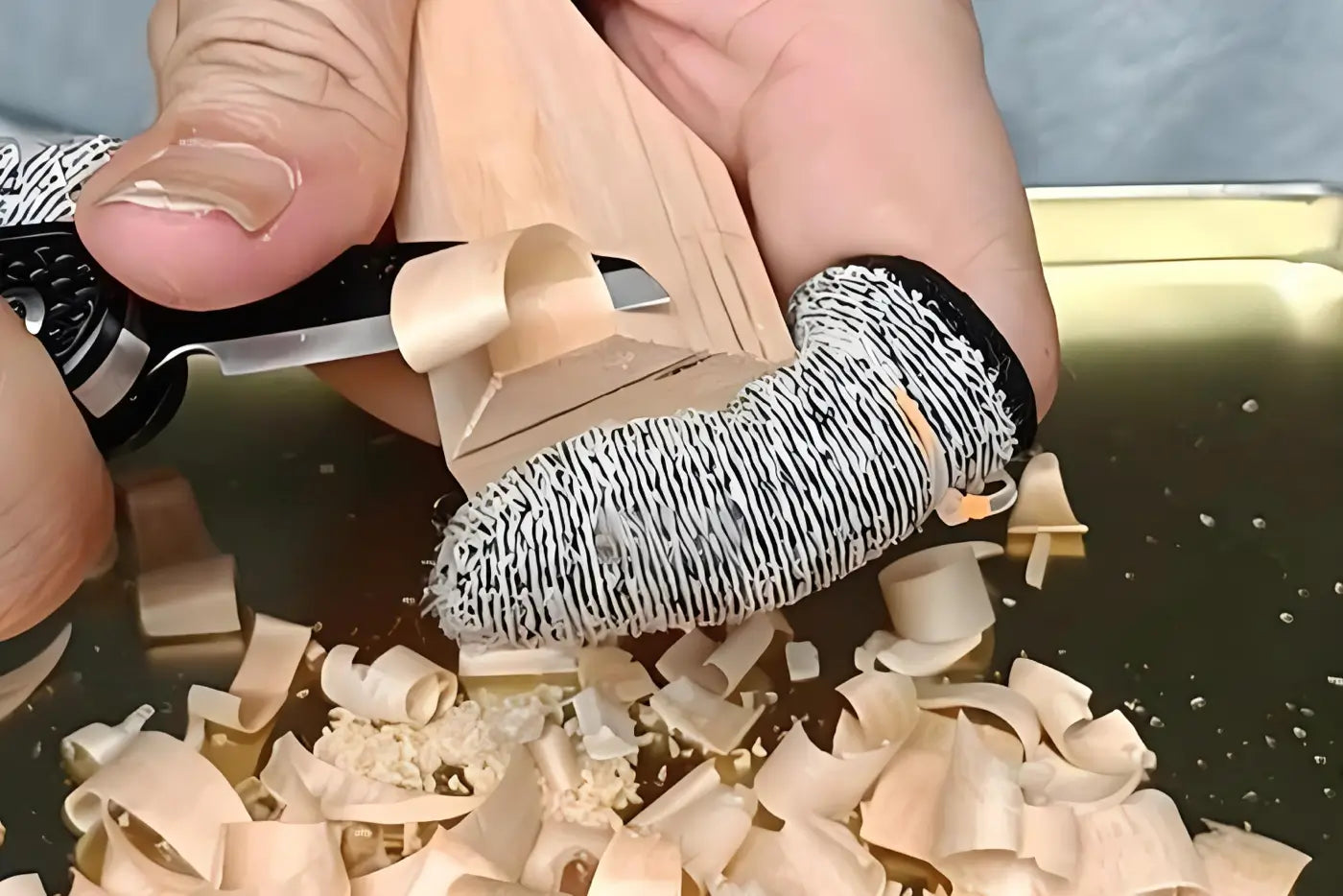
- Spoon Carving: Another beginner-friendly technique, spoon carving combines utility and artistry, allowing you to create beautiful and functional items.
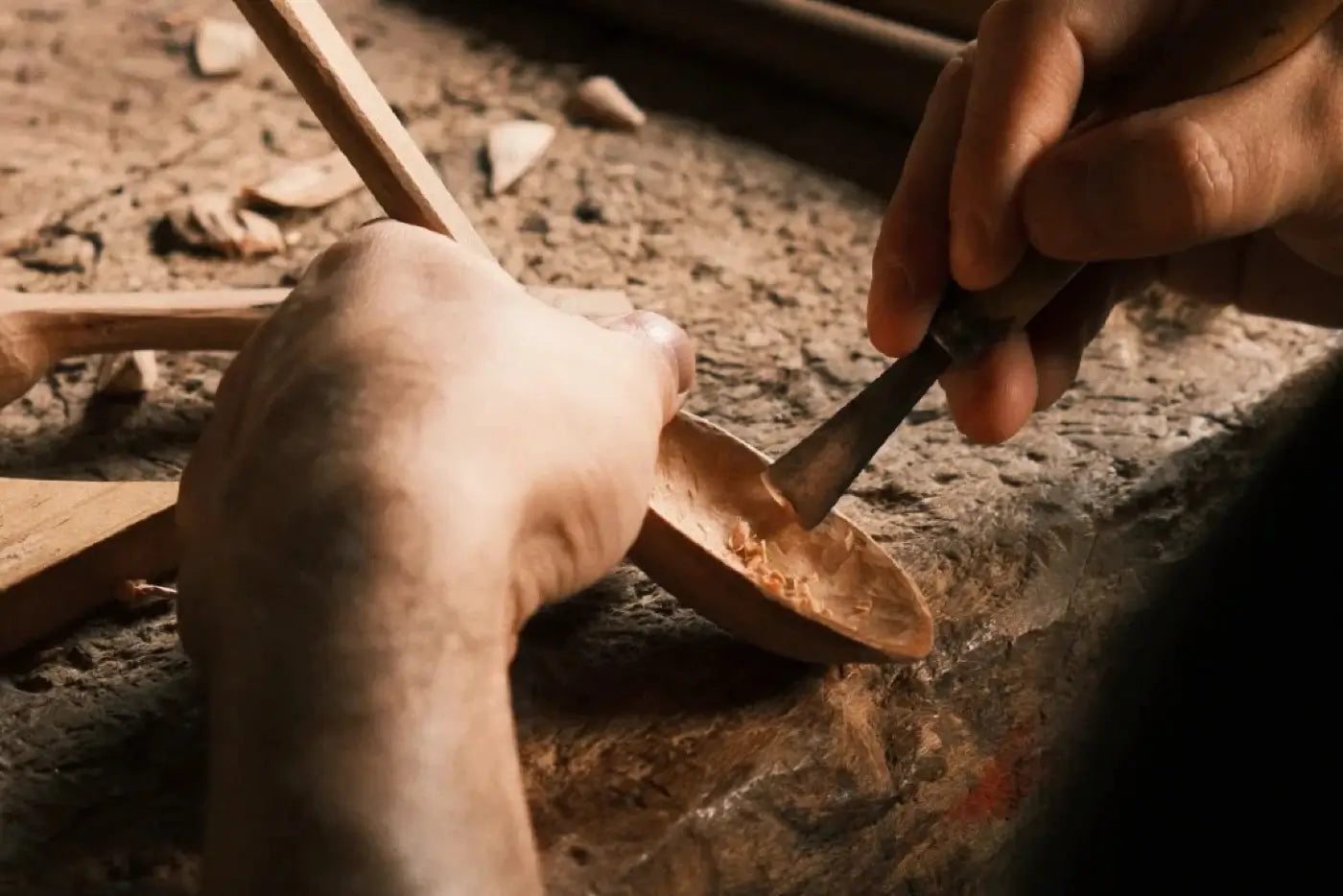
Advanced Techniques
- Animal Carving: As you gain more confidence and skill, you may wish to explore animal carving. This technique focuses on creating detailed and lifelike animal figures, demanding more precision and patience.

- Wooden Birds Carving: This specialized form of carving involves intricate detail and a deep understanding of bird anatomy and forms, making it a challenging yet rewarding technique for more experienced carvers.
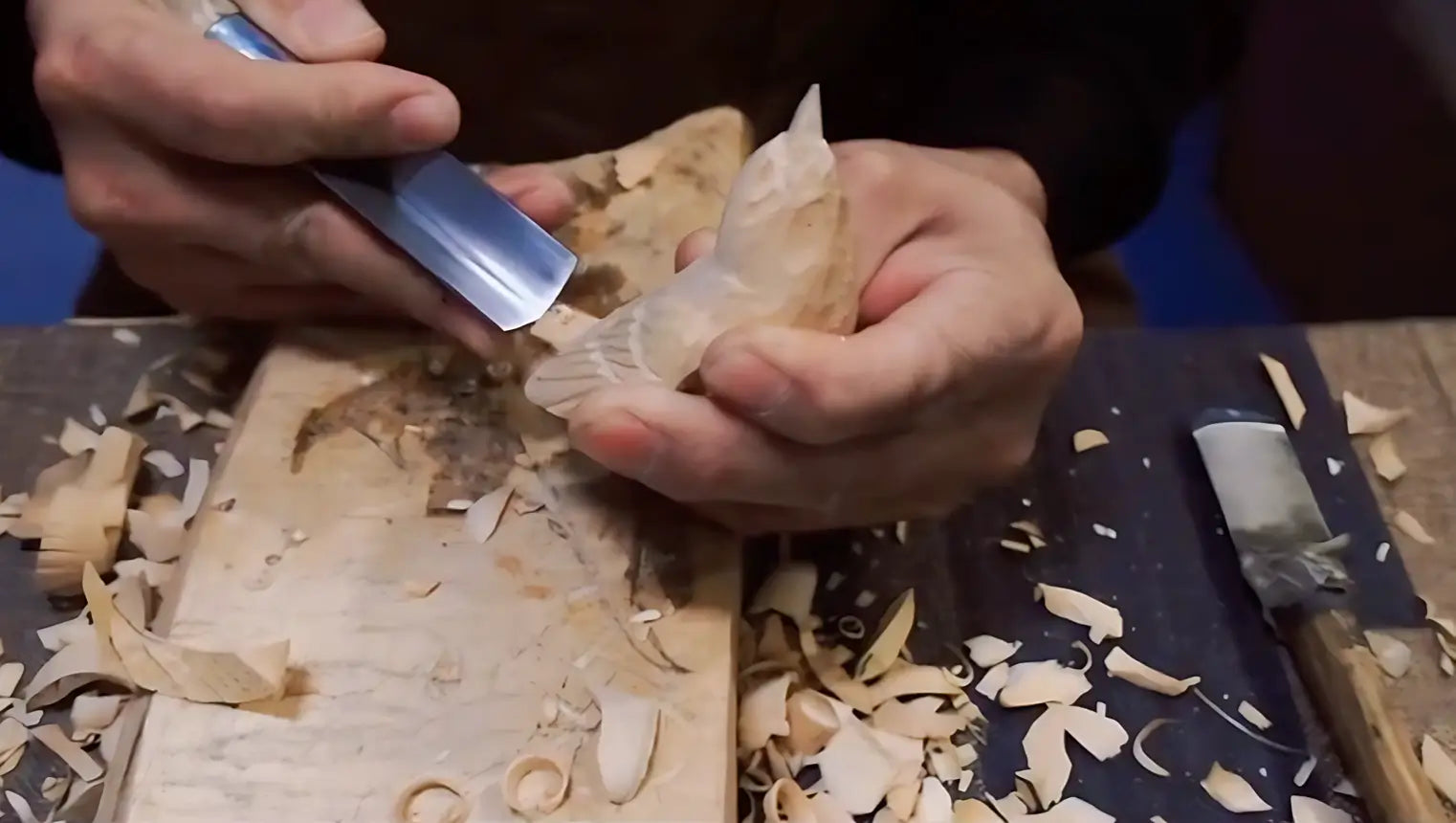
These categories are not rigid; they serve as a roadmap for your wood carving journey. As you grow in your abilities, you'll find that your projects become more detailed and sophisticated, reflecting your evolving skills. Stay tuned as we delve deeper into each of these techniques, providing you with the knowledge and tips to start your journey in wood carving.
Detailed Explanation of Each Carving Technique
Whittling
- Definition: Whittling is the art of carving shapes from wood using a knife. It is the simplest and most accessible form of wood carving.
- Required Tools: A sharp, reliable carving knife is essential.
- Applications: Whittling is versatile, suitable for creating small figures, ornaments, and functional objects like spoons or bowls.
- Beginner Tips: Start with soft woods like basswood. Practice basic cuts and gradually work on more complex shapes.
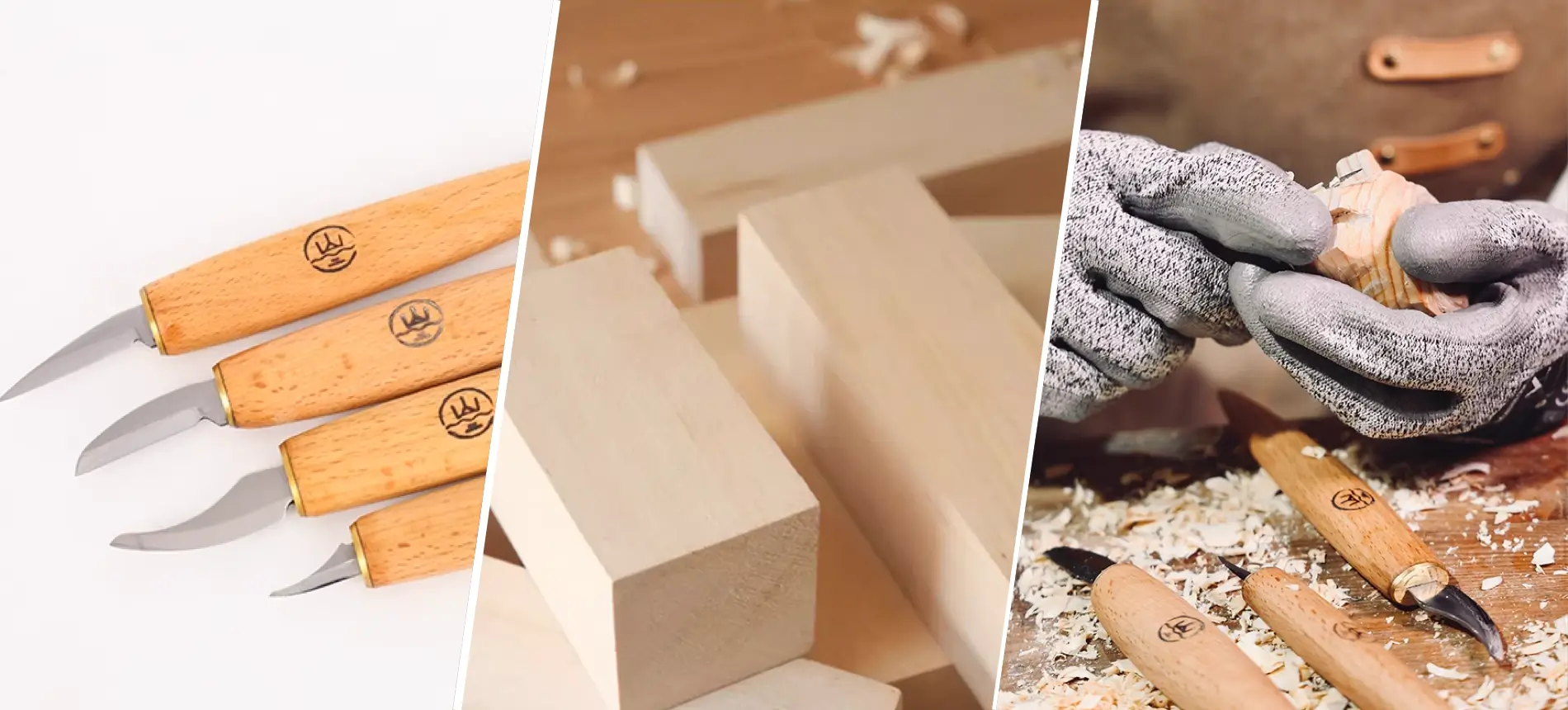
Spoon Carving
- Historical Significance: Spoon carving dates back centuries, rooted in both utility and artistry.
- Essential Tools: You'll need a whittling knife, a hook knife for hollowing, and possibly a gouge for deeper scooping.
- Modern Uses: Besides functional kitchenware, carved spoons are now appreciated as decorative art pieces.
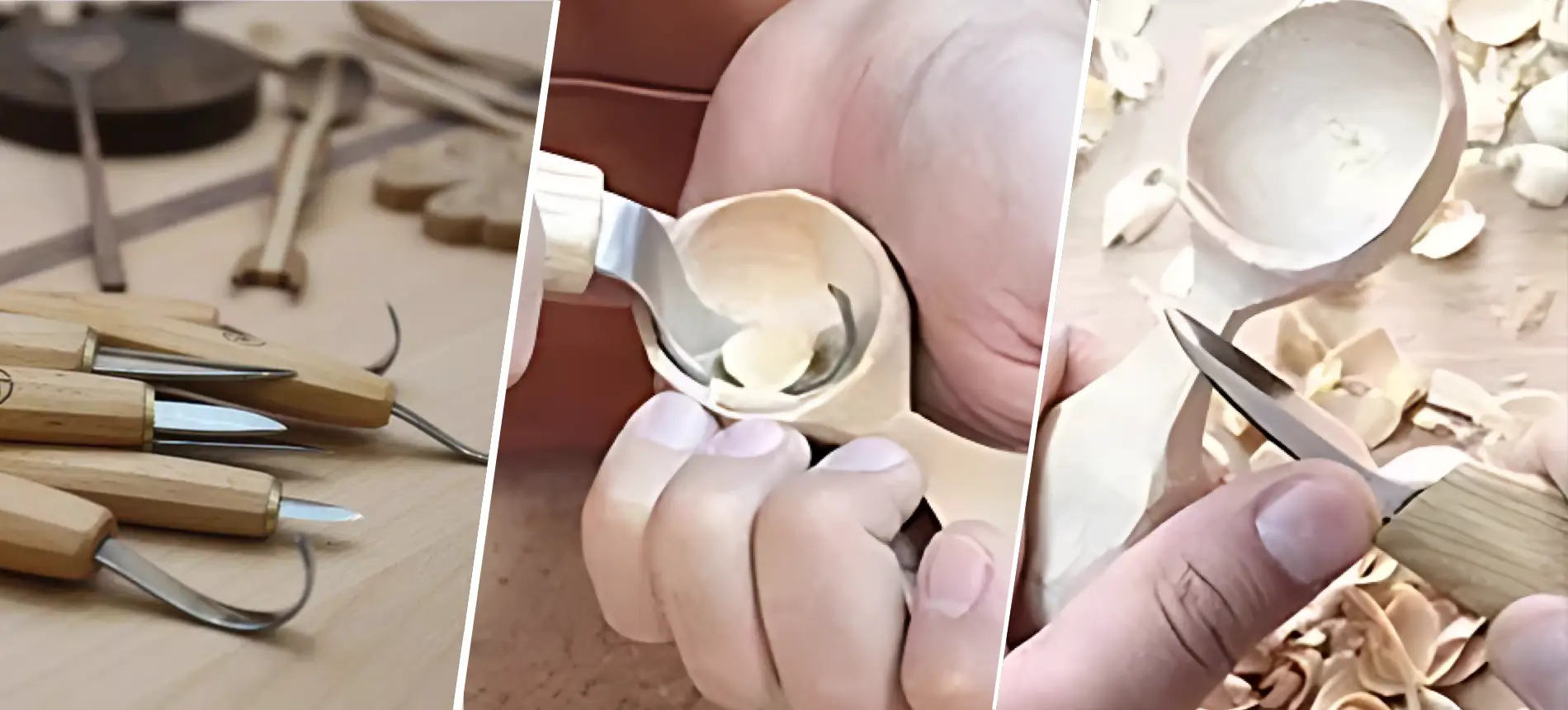
Animal Carving
- Techniques: Focuses on replicating animal shapes with attention to detail and realism.
- Tool Recommendations: A variety of knives and chisels are required for detailed work.
- Material Suggestions: Start with softer woods and progress to harder varieties as you gain confidence and skill.
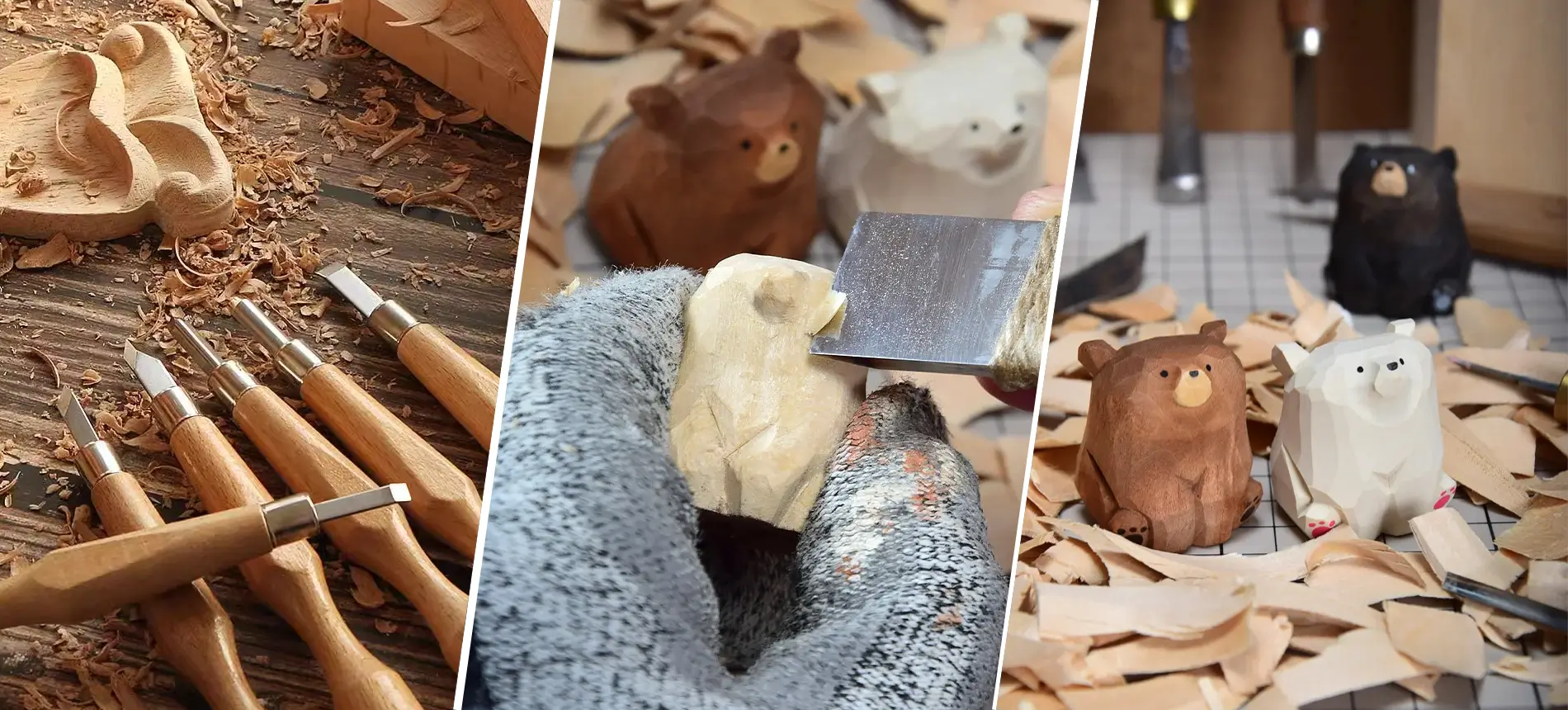
Wooden Birds Carving
- Techniques: Involves detailed carving to capture the delicate features of birds.
- Tools and Wood Types: Finer knives and chisels are necessary. Woods like basswood and butternut are ideal due to their fine grain and workability.
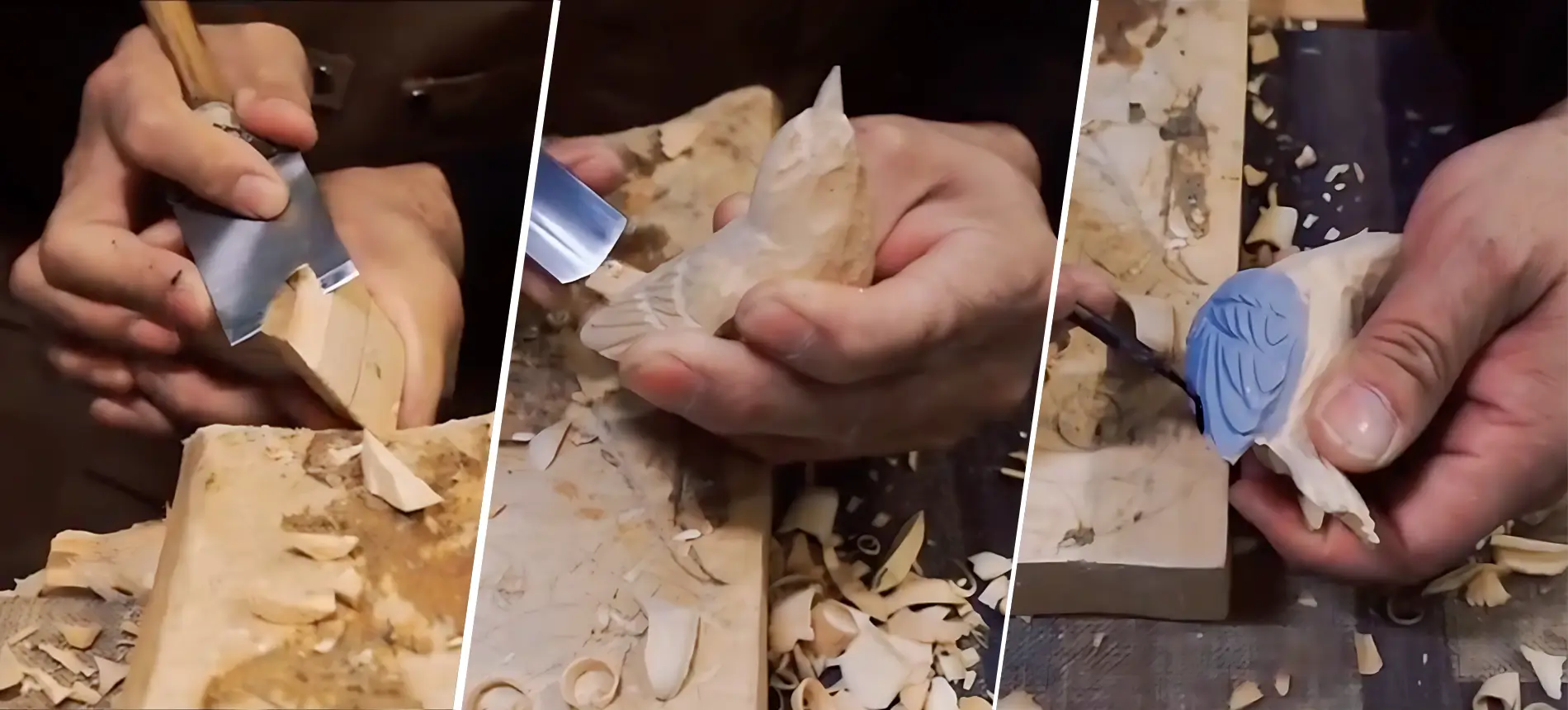
Advanced Wood Carving Techniques
Chinese Wood Carving Styles
These styles are known for their intricate designs and often symbolic motifs. They require precision and a deep understanding of traditional patterns and imagery.
Swedish Wood Carving Techniques
Swedish carving is characterized by its clean lines and functional beauty, often seen in household items like furniture and kitchenware. It blends utility with elegance, requiring a different set of tools and techniques.
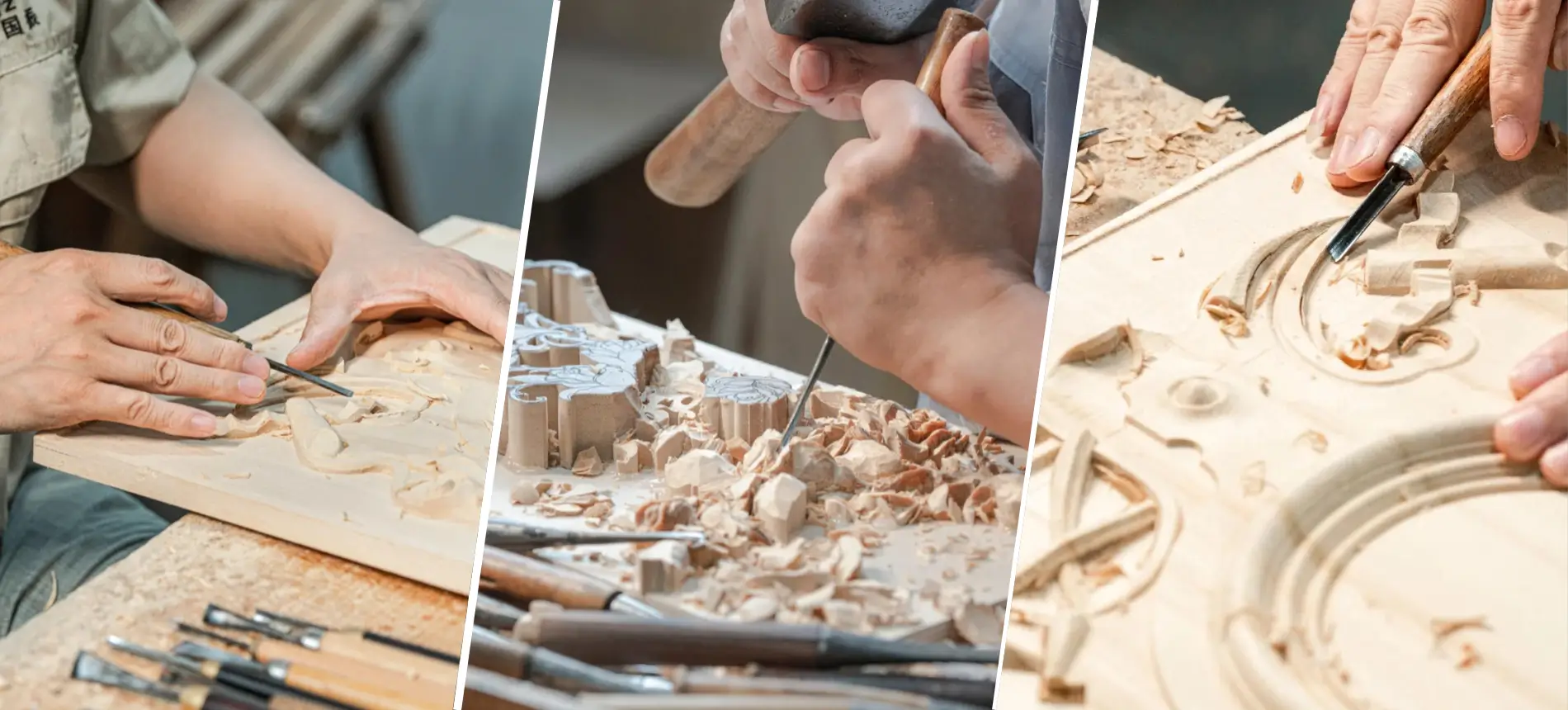
Each of these advanced techniques opens a new window into the rich and diverse world of wood carving. They not only challenge your skills but also deepen your appreciation for cultural and artistic diversity. As you explore these styles, remember that patience and practice are your best tools in mastering the art of wood carving.
Handmade Wood Carving Purchasing Advice
When it comes to enhancing your wood carving journey, selecting quality handmade tools and carvings is a vital step. Here are some tips to guide you:
- Quality Over Quantity: Choose tools made from high-grade steel with ergonomic handles for comfort and durability. For finished carvings, look for pieces that showcase expert craftsmanship and attention to detail.
- Research and Reviews: Before making a purchase, read reviews and seek advice from seasoned carvers. Websites like WoodenWhimsy offer a curated selection of tools and carvings, providing both quality and variety. They are an excellent resource for both beginners and experienced carvers looking for reliable tools and beautiful, handcrafted wooden items.
- Sustainability and Artistry: Consider the sustainability of the materials used. Artisans who prioritize eco-friendly practices ensure the longevity and ethical standing of their craft. Websites like WoodenWhimsy often detail the source of their materials and the sustainability practices of the artisans, helping you make informed decisions.
By carefully selecting your tools and carvings from reputable sources like WoodWhimsy, you not only enhance your own carving experience but also contribute to the sustainability and artistry of the wood carving community>>
Basic Wood Carving Techniques FAQ
Navigating the world of wood carving can raise many questions. Here are answers to some common inquiries:
- Necessary Tools: Start with a basic set of carving knives, chisels, and gouges. A mallet, sharpening stone, and clamp for securing wood are also essential.
- Choosing the Right Wood: Select woods like basswood or butternut for their ease of carving and fine grain. Hardwoods like cherry or walnut are better for advanced projects.
- Basic Techniques for Beginners: Focus on mastering simple cuts, carving with the grain, and understanding wood properties. Begin with straightforward projects to build confidence and skill.
- Tool Maintenance: Keep your tools sharp for precision and safety. Clean them after use, and store them properly to prevent damage. Regular sharpening and occasional oiling of the handles will prolong their life and effectiveness.
Safety Guidelines and Tips
Safety is paramount in wood carving. Here are key guidelines to ensure a safe carving experience:
- Personal Protective Equipment: Always wear safety gloves and, if necessary, eye protection. This helps prevent injuries from slips or splinters.
- Safe Carving Practices: Carve away from your body to minimize the risk of injury. Ensure your work area is well-lit and free of distractions.
- Tool Handling: Use tools for their intended purpose and handle them with care. Dull tools are often more dangerous than sharp ones, as they require more force and can slip more easily.
- First Aid and Emergency Preparedness: Keep a first aid kit nearby. Familiarize yourself with basic first aid for cuts and know when to seek professional medical attention.
Following these safety guidelines not only protects you but also enhances your carving experience, allowing you to focus on the artistry and enjoyment of your craft.
Post-Carving Treatment and Maintenance
After completing your wood carving, proper treatment and maintenance are crucial for preserving the beauty and longevity of the piece.
- Finishing Touches: Applying a finish, such as oil or varnish, enhances the wood's natural beauty and provides protection. Choose a finish that complements the type of wood and the intended use of the carved item.
- Regular Maintenance: Regularly dust and clean your wood carvings. Avoid exposing them to extreme temperatures or humidity, which can cause warping or cracking.
- Long-Term Care: For pieces that are handled frequently, such as carved utensils, occasional reapplication of finish may be necessary to maintain their condition and appearance.
Conclusion
Embarking on the journey of wood carving can be immensely fulfilling. It allows you to express creativity while developing a practical skill. Remember:
- Start Simple: Begin with basic techniques like whittling and spoon carving. These foundational skills are stepping stones to more complex projects.
- Progress and Mastery: As you grow in confidence and ability, challenge yourself with advanced techniques like animal and bird carving. Each new skill you learn adds to your repertoire and deepens your appreciation for the craft.
- Enjoy the Process: Above all, enjoy the process of creating. The satisfaction of turning a simple piece of wood into a work of art is unmatched.
Wood carving is not just a hobby; it's a form of art that tells a story through each cut and carve. Whether you're a beginner or an experienced carver, there's always something new to learn and create. So grab your tools, and let's start carving!


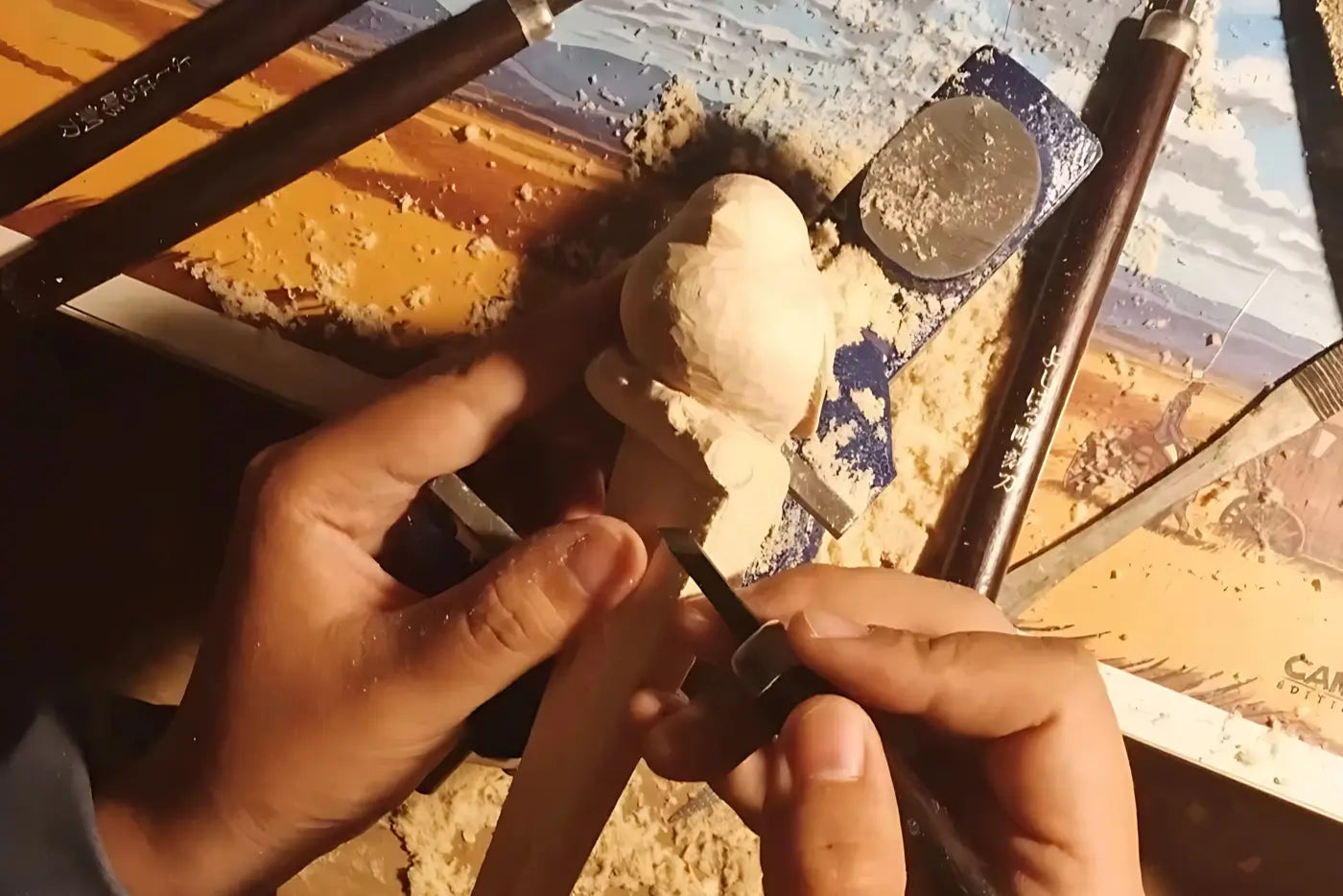

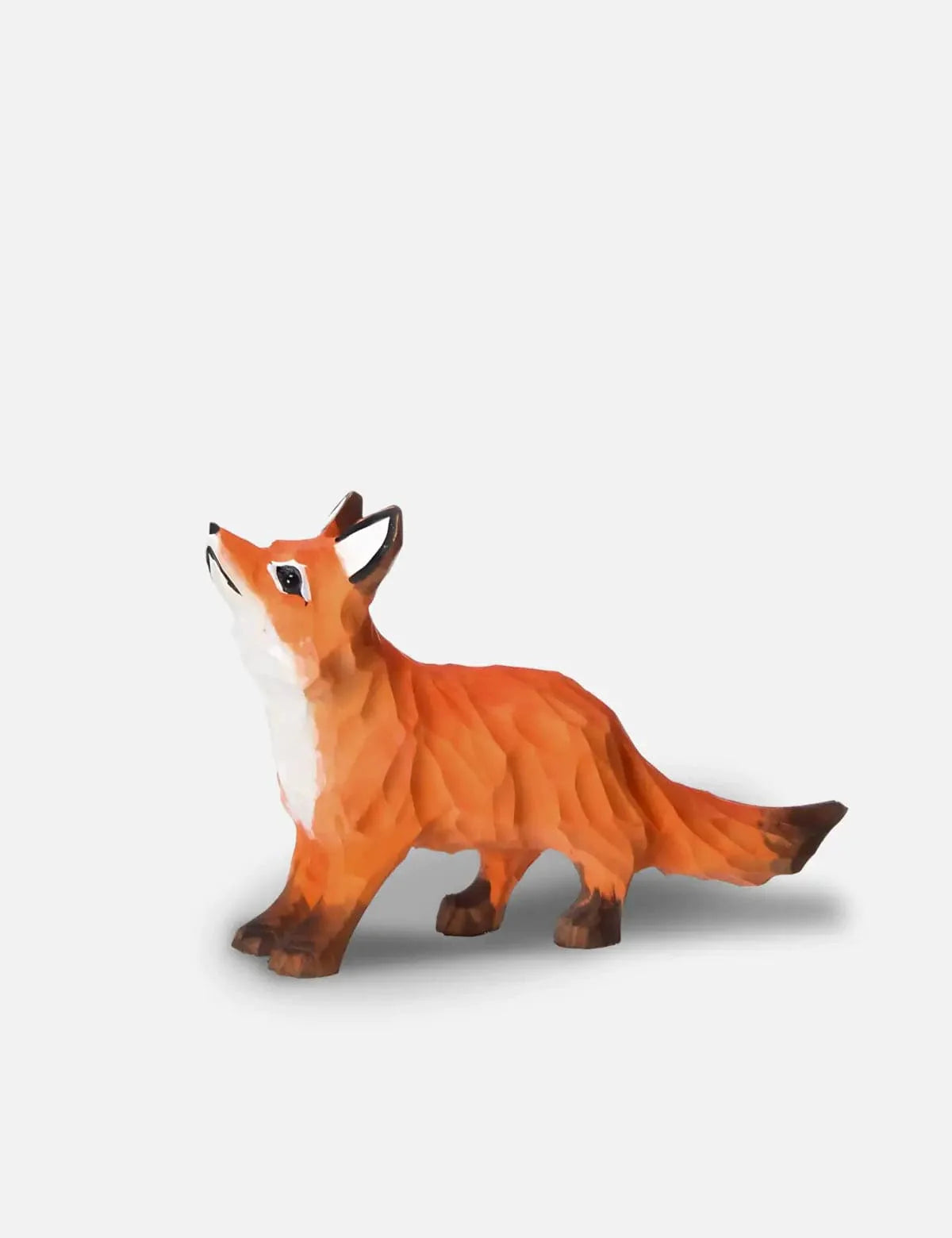
Leave a comment
All comments are moderated before being published.
This site is protected by reCAPTCHA and the Google Privacy Policy and Terms of Service apply.